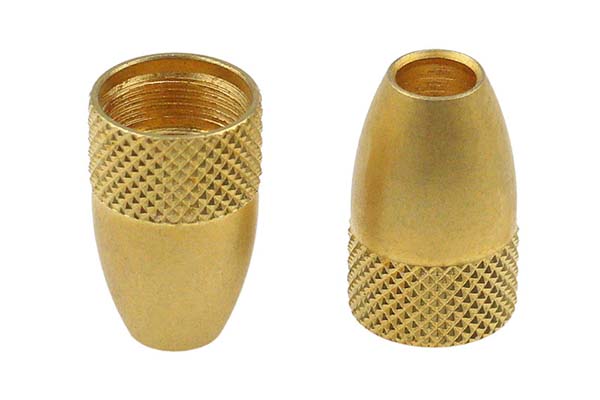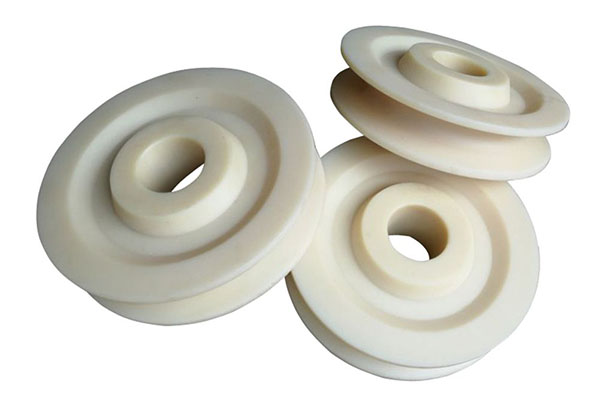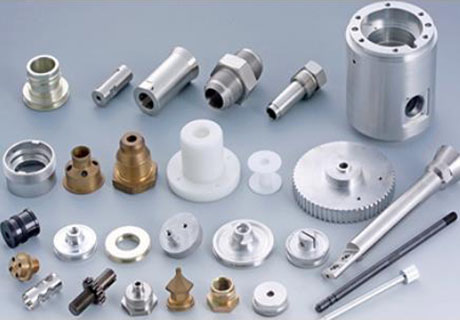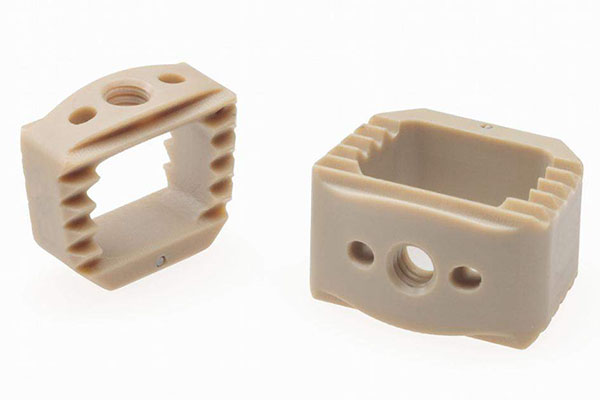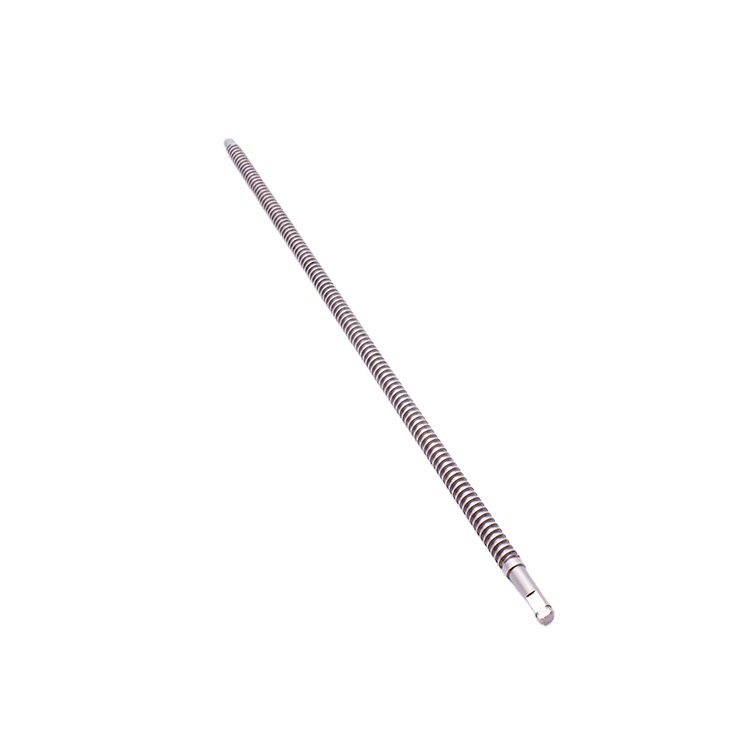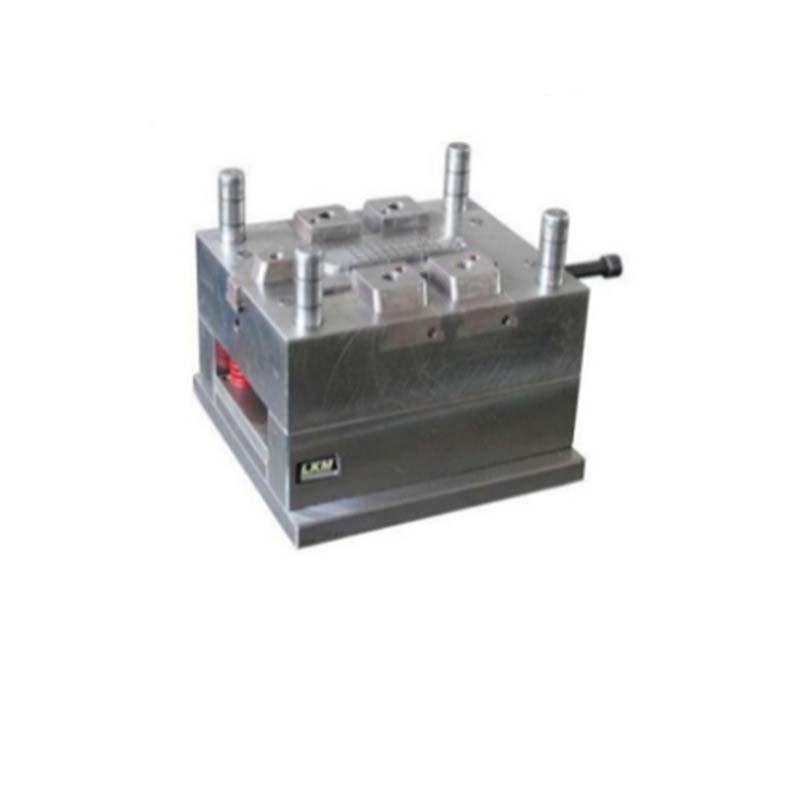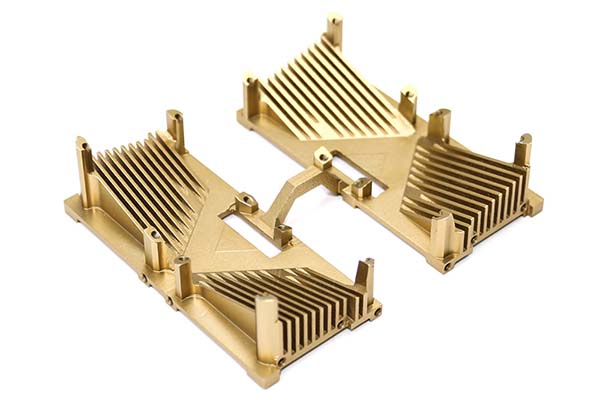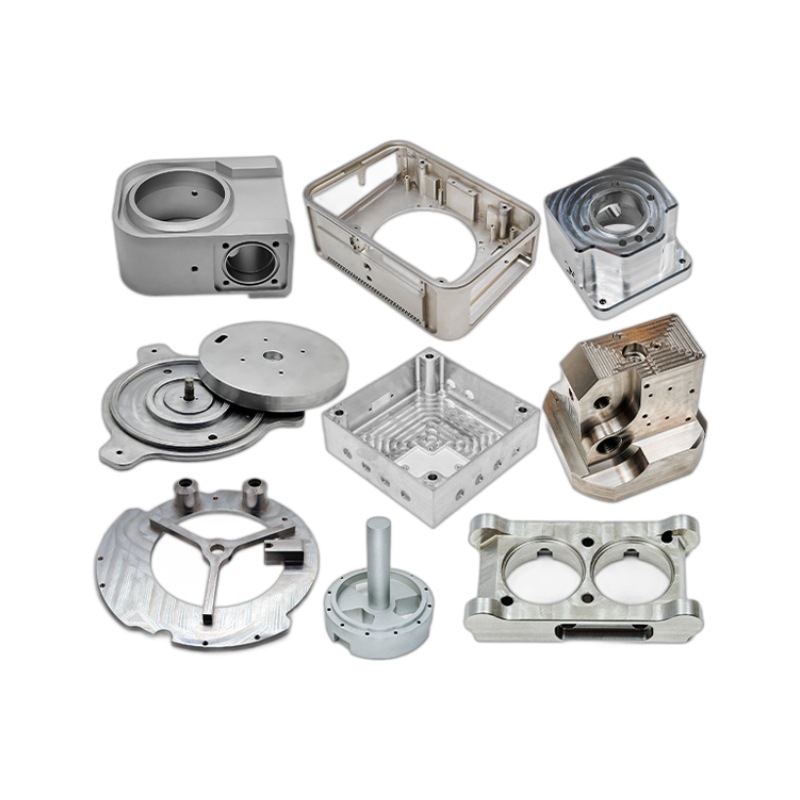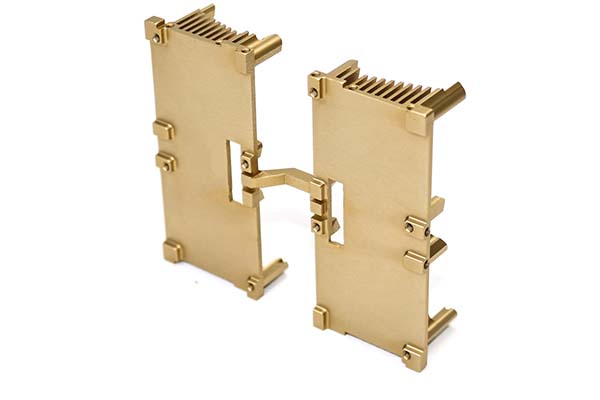C17410 (Low-Be Beryllium Copper) is a specialized alloy valued for its balanced properties, but machining it comes with unique challenges. Its low beryllium content alters its behavior compared to higher-Be alloys, leading to issues like unexpected tool wear, heat-related surface defects, and dimensional instability during heat treatment. This guide addresses these pain points, offering expert strategies to master CNC machining of C17410.
Alloy Characteristics
C17410, a low-Be copper in the Cu-Ni-Be system, features a composition of 0.15–0.35 % Be and 0.4–0.7 % Ni. This reduced beryllium content enhances safety while retaining key performance traits, making it a preferred choice in industries prioritizing worker health.
As an age-hardenable alloy, C17410 balances machinability in its soft state with post-heat-treatment strength. Its electrical conductivity of 60–75 % IACS outperforms many higher-Be alloys, making it ideal for high-current applications like electrical connectors.
Mechanically, it delivers a 690 MPa UTS and 93 HRB hardness after aging, ensuring durability in demanding environments. Its non-sparking and non-magnetic properties suit hazardous settings (e.g., oil refineries), while stress-relaxation resistance ensures long-term stability in components like springs and contacts.
| Property | C17410 Specification |
| Beryllium Content | 0.15–0.35 % Be |
| Nickel Content | 0.4–0.7 % Ni |
| Electrical Conductivity | 60–75 % IACS |
| UTS | 690 MPa |
| Hardness (post-aging) | 93 HRB |
CNC Machining Strategies
Solution-Annealed Roughing vs. Peak-Aged Finishing
Solution-annealed roughing is optimal for bulk material removal. After solution annealing, C17410 is soft (20–25 HRC), reducing tool wear and enabling faster feeds. This stage shapes parts close to final dimensions, minimizing post-aging machining.
Peak-aged finishing occurs after heat treatment, when hardness reaches 30–36 HRC. This step requires slower speeds and sharper tools to achieve ±0.005 mm tolerance, critical for precision components like micro-connectors.
High-Speed Turning and 5-Axis Micro-Milling
High-speed CNC turning (80–120 m/min) efficiently machines cylindrical features, such as terminal pins, when paired with rigid toolholders to avoid chatter. 5-axis micro-milling excels at complex geometries in medical components, using multi-axis movement to maintain precision across intricate surfaces.
Trochoidal Toolpaths and Adaptive Feeds
Trochoidal toolpaths reduce tool engagement, controlling heat buildup—a key for C17410, which work-hardens rapidly. Adaptive feeds adjust in real time based on cutting load, preventing overload during variable-depth cuts, such as in mold cavities.
Coolant Strategies
Flood coolant is ideal for roughing, flushing chips and cooling the cutting zone to prevent work-hardening. Minimum-quantity lubrication (MQL) suits finishing, applying precise lubricant droplets to reduce friction without coolant residue, critical for Ra 0.1–0.3 µm finishes.
Low-Stress Fixturing and Chatter Suppression
Low-stress fixturing (e.g., vacuum chucks) prevents distortion in thin-walled parts like sensor housings. Chatter suppression—via tuned toolholders or damping pads—eliminates surface imperfections, ensuring smooth finishes in optical applications.
Tooling & Cutting Parameters
Sub-Micron Carbide and Coatings
Sub-micron carbide inserts offer superior edge retention for C17410’s moderate hardness. AlTiN/TiSiN coatings reduce friction and heat, extending tool life by 30–50% versus uncoated tools. For micro-features (e.g., 0.1 mm slots), PCD micro-tools deliver precision, though at higher cost.
Cutting Speed, Feed, and Axial Depth
- Cutting speed: 80–150 m/min (solution-annealed); 60–100 m/min (peak-aged). Higher speeds in soft material boost productivity.
- Feed rate: 0.05–0.12 mm/tooth. Faster feeds risk burrs, while slower rates cause rubbing.
- Axial depth: 0.1–1 mm. Shallower depths (0.1–0.3 mm) suit finishing for mirror passes.
Rake Angle and Edge Preparation
A positive rake (7–10°) reduces cutting forces, while a honed edge (0.01–0.02 mm radius) prevents chipping—vital for maintaining burr-free edges in medical tools.
Tool-Wear Monitoring and Micro-Lubrication
Tool-wear monitoring (via optical sensors) flags worn tools before surface finish degrades. Micro-lubrication applies nanolubricants to the cutting edge, reducing friction in precision milling, such as in semiconductor lead frames.
Heat Treatment & Distortion Control
Solution Annealing and Aging
Solution anneal at 900 °C softens C17410 for machining, followed by aging at 450–500 °C to reach 30–36 HRC. This two-step process balances strength and conductivity, critical for power connectors.
Dimensional Change Compensation
C17410 shrinks 0.03–0.08% during aging. Dimensional change compensation—oversizing by 0.0005–0.001 mm/mm—ensures final dimensions meet tolerance, essential for mating parts like valve spools.
Stress-Relief and Furnace Atmospheres
Stress-relief aging (150–200 °C) after roughing minimizes post-heat-treatment distortion. Vacuum or inert-atmosphere furnaces prevent oxidation, preserving surface quality for mirror finish passes.
Low-Distortion Fixtures and Straightening
Low-distortion fixtures (e.g., ceramic jigs) maintain part alignment during aging. Straightening between stages corrects minor warpage, ensuring flatness < 2 µm in precision plates.
Surface Finish & Precision Requirements
Ra 0.1–0.3 µm and Mirror Passes
Achieving Ra 0.1–0.3 µm requires sharp PCD tools and feeds of 0.02–0.05 mm/rev. A mirror finish pass—with 0.01 mm depth and 120 m/min speed—creates reflective surfaces for optical components.
Tolerance and Geometric Control
C17410 holds ±0.005 mm tolerance with proper process control. Roundness < 0.5 µm (for shafts) and flatness < 2 µm (for wafers) are achievable via precision grinding post-machining.
Inspection Techniques
Optical profilometry verifies surface roughness, while CMM validation confirms dimensional accuracy. These steps are critical for aerospace components, where deviations risk system failure.
Burr-Free Edges and Micro-Cracking Avoidance
Burr-free edges are achieved via sharp tools and deburring (e.g., abrasive flow machining). Micro-cracking avoidance—by limiting cutting forces and using coolant—prevents fatigue failure in high-cycle parts like springs.
Yigu Technology specializes in CNC machining C17410, leveraging expertise in low-Be copper processing. Our focus on toolpath optimization, heat treatment coordination, and precision inspection ensures parts meet aerospace, medical, and electronics standards. From micro-connectors to mold inserts, we deliver C17410 components with exceptional finish and accuracy.
FAQs
- How does C17410 compare to C17500?
C17410 has lower beryllium (0.15–0.35% vs. 0.4–0.7% in C17500), higher conductivity (60–75% vs. 45–60% IACS), but lower UTS (690 MPa vs. 860 MPa). It’s safer for workers and suited for high-conductivity, moderate-strength applications.
- Can C17410 be machined in the peak-aged state?
Yes, but it requires slower speeds (60–100 m/min) and harder tools (PCD) to avoid excessive wear. Solution-annealed machining is more cost-effective for most applications.
- What causes burrs in C17410 machining?
Burrs form due to dull tools, excessive feed rates, or inadequate coolant. Using sharp sub-micron carbide with honed edges and optimizing feeds to 0.05–0.08 mm/tooth minimizes burrs.
